Overview
Type 2 diabetes is an impairment in the way the body regulates and uses sugar (glucose) as a fuel. This long-term (chronic) condition results in too much sugar circulating in the bloodstream. Eventually, high blood sugar levels can lead to disorders of the circulatory, nervous and immune systems.
In type 2 diabetes, there are primarily two interrelated problems at work. Your pancreas does not produce enough insulin — a hormone that regulates the movement of sugar into your cells — and cells respond poorly to insulin and take in less sugar.
Type 2 diabetes used to be known as adult-onset diabetes, but both type 1 and type 2 diabetes can begin during childhood and adulthood. Type 2 is more common in older adults, but the increase in the number of children with obesity has led to more cases of type 2 diabetes in younger people.
There’s no cure for type 2 diabetes, but losing weight, eating well and exercising can help you manage the disease. If diet and exercise aren’t enough to manage your blood sugar, you may also need diabetes medications or insulin therapy.
Diagnosis
HbA1C
Type 2 diabetes is usually diagnosed using the glycated hemoglobin (A1C) test. This blood test indicates your average blood sugar level for the past two to three months. Results are interpreted as follows:
- Below 5.7% is normal.
- 5.7% to 6.4% is diagnosed as prediabetes.
- 6.5% or higher on two separate tests indicates diabetes.
The A1C test is a common blood test used to diagnose type 1 and type 2 diabetes. If you’re living with diabetes, the test is also used to monitor how well you’re managing blood sugar levels. The A1C test is also called the glycated hemoglobin, glycosylated hemoglobin, hemoglobin A1C or HbA1c test.
An A1C test result reflects your average blood sugar level for the past two to three months. Specifically, the A1C test measures what percentage of hemoglobin proteins in your blood are coated with sugar (glycated). Hemoglobin proteins in red blood cells transport oxygen.
The higher your A1C level is, the poorer your blood sugar control and the higher your risk of diabetes complications.
Why it’s done
The results of an A1C test can help your doctor or other health care provider:
- Diagnose prediabetes. If you have prediabetes, you have a higher risk of developing diabetes and cardiovascular disease.
- Diagnose type 1 and type 2 diabetes. To confirm a diabetes diagnosis, your doctor will likely look at the results of two blood tests given on different days — either two A1C tests or the A1C test plus another test, such as a fasting or random blood sugar test.
- Monitor your diabetes treatment plan. The result of an initial A1C test also helps establish your baseline A1C level. The test is then repeated regularly to monitor your diabetes treatment plan.
Random blood sugar test. Blood sugar values are expressed in milligrams of sugar per deciliter (mg/dL) or millimoles of sugar per liter (mmol/L) of blood. Regardless of when you last ate, a level of 200 mg/dL (11.1 mmol/L) or higher suggests diabetes, especially if you also have signs and symptoms of diabetes, such as frequent urination and extreme thirst.
Fasting blood sugar test. A blood sample is taken after an overnight fast. Results are interpreted as follows:
- Less than 100 mg/dL (5.6 mmol/L) is normal.
- 100 to 125 mg/dL (5.6 to 6.9 mmol/L) is diagnosed as prediabetes.
- 126 mg/dL (7 mmol/L) or higher on two separate tests is diagnosed as diabetes.
Oral glucose tolerance test. This test is less commonly used than the others, except during pregnancy. You’ll need to fast overnight and then drink a sugary liquid at the doctor’s office. Blood sugar levels are tested periodically for the next two hours. Results are interpreted as follows:
- Less than 140 mg/dL (7.8 mmol/L) is normal.
- 140 to 199 mg/dL (7.8 mmol/L and 11.0 mmol/L) is diagnosed as prediabetes.
- 200 mg/dL (11.1 mmol/L) or higher after two hours suggests diabetes.
Screening. The American Diabetes Association recommends routine screening with diagnostic tests for type 2 diabetes in all adults age 45 or older and in the following groups:
- People younger than 45 who are overweight or obese and have one or more risk factors associated with diabetes
- Women who have had gestational diabetes
- People who have been diagnosed with prediabetes
- Children who are overweight or obese and who have a family history of type 2 diabetes or other risk factors
Disclaimer: This article contains information and/or instructional materials developed by https://www.mayoclinic.org/ PEN Clinic intend to do adult diabetes education program this article is not intend for treatment. This article may contain external link connecting for health/medical information. PEN Clinic is not responsibility information provided by external link provider. It does not replace medical advice from your health care provider because your experience may differ from that of the typical patient. Talk to your health care provider if you have any questions about this document, your condition or your treatment plan

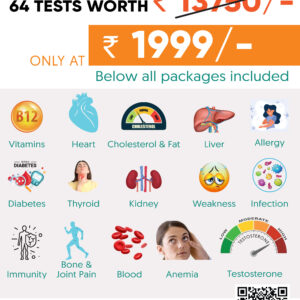


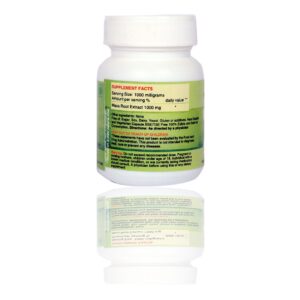

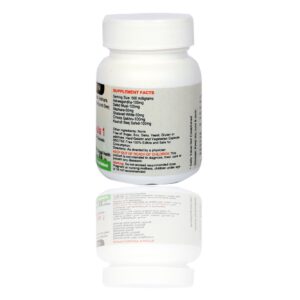

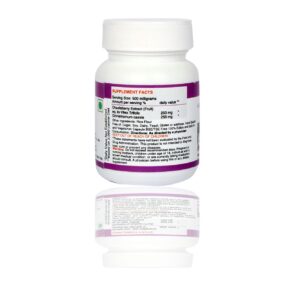
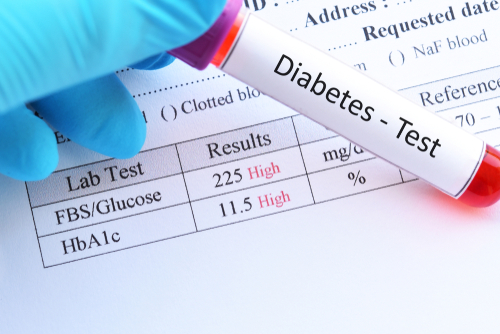
Leave a Comment